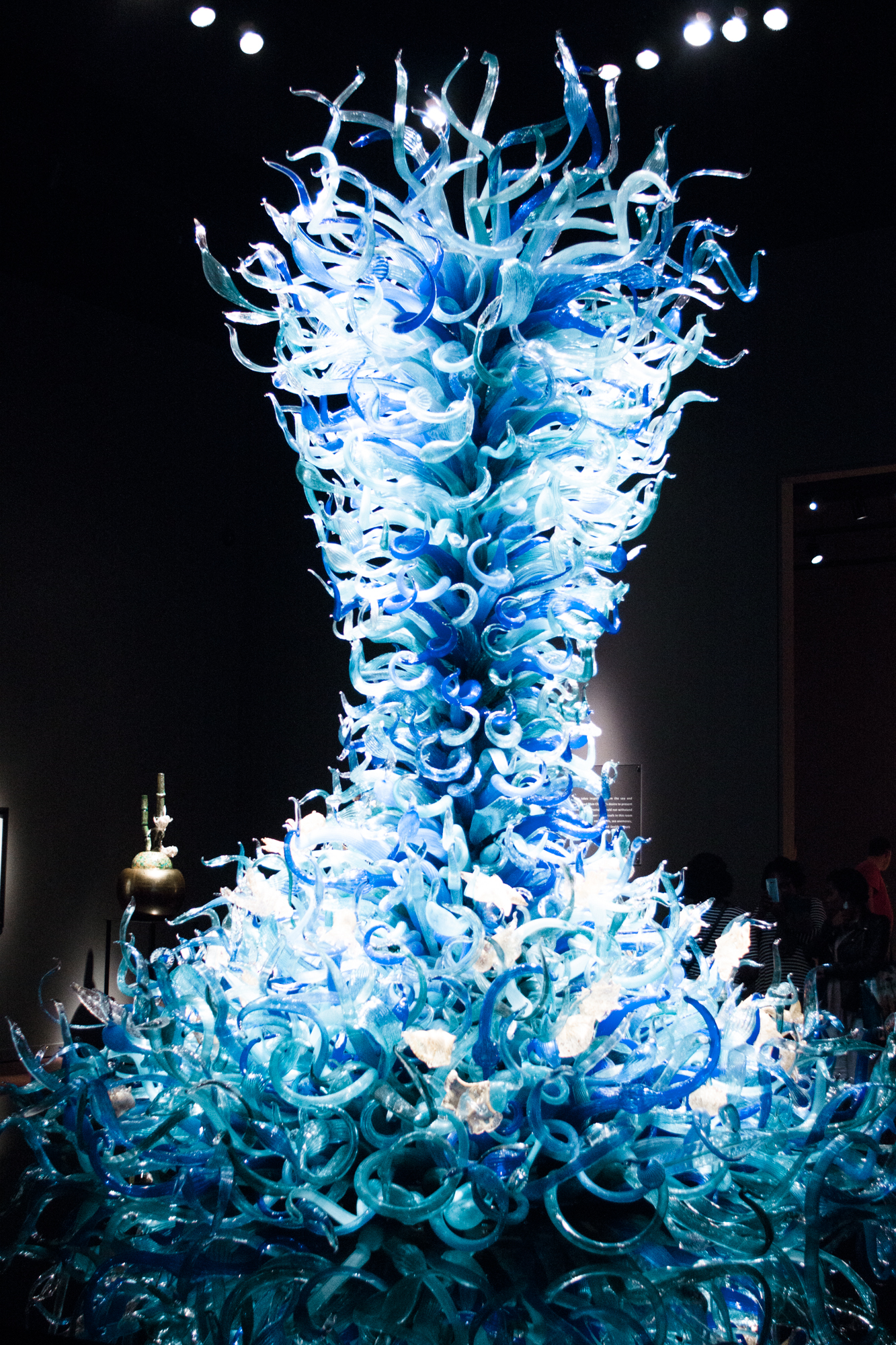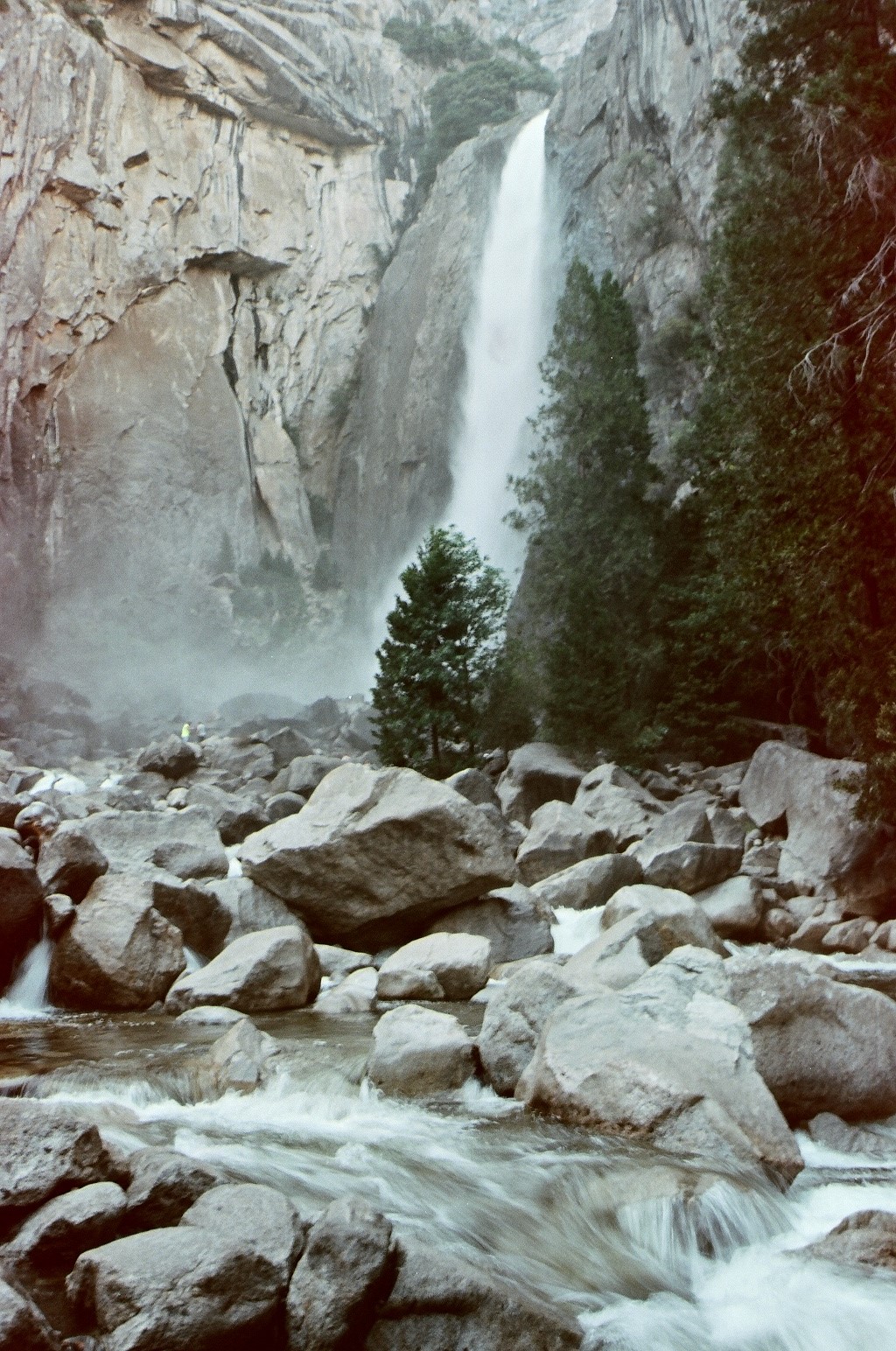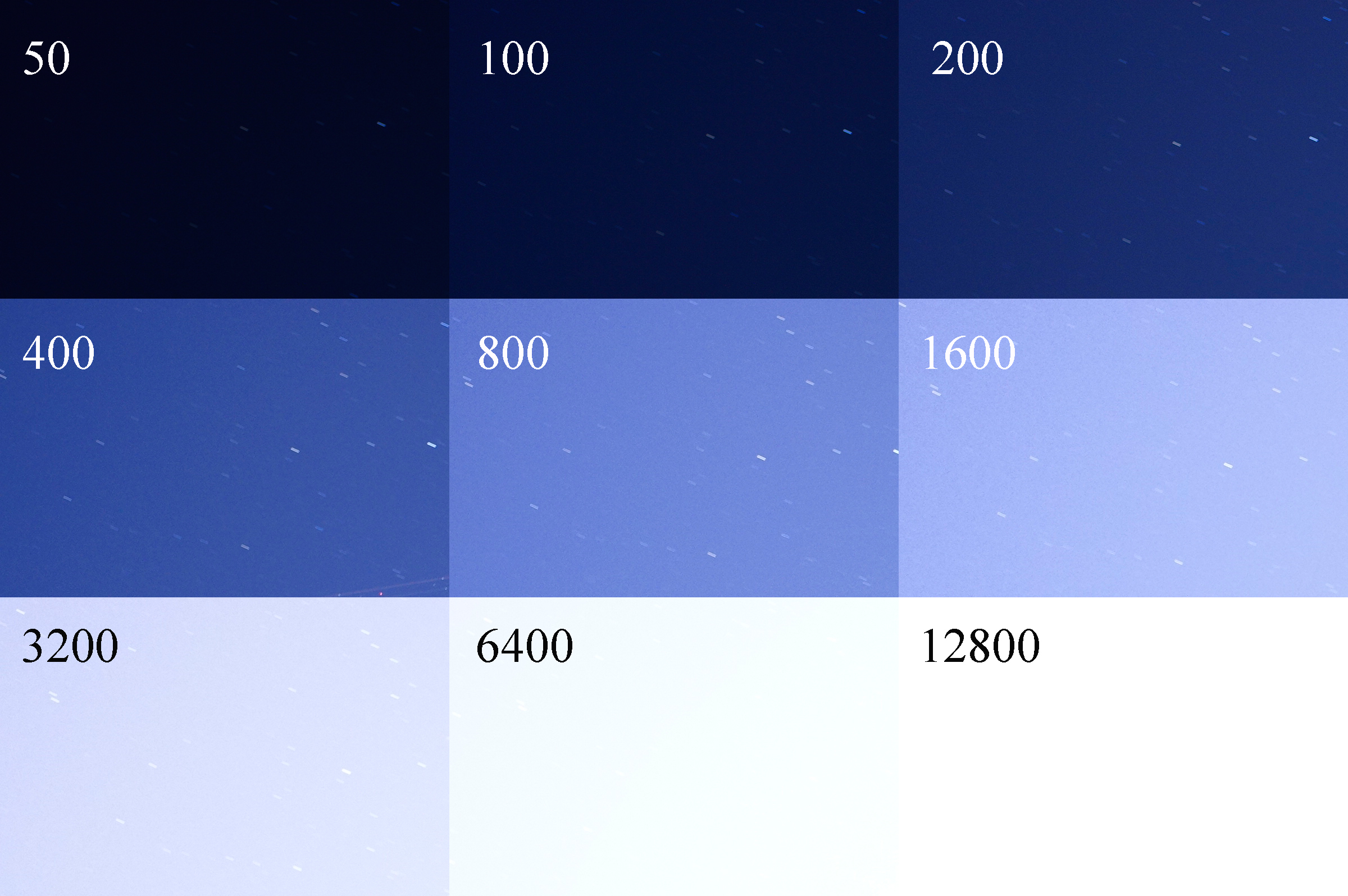Good Evening,
I still shoot with film sometimes. Granted it is not often due to costs, time, ease of digital. I recall the magic of it though. While in high school I worked on the newspaper and the yearbook. Taking a few pictures but printing them often. It might be nostalgia, seeing an image come into being after putting it into developer was mesmerizing. If you get the chance do it first hand. I introduced my daughters to it however they were born into a digital age and never had to wait for pictures, or pay for them. I do not have the ability to develop prints at home even though it is something that I would like to have them experience.
The advantage of film is that it has nostalgia, each film has a different look and feel to it, shots have to be thought out, you are limited to how many images you can take, and all of those add up to us slowing down.
Some of this can be done with digital. The nostalgia not so much, but during outings with our cameras if we limit ourselves to 36 exposures while turning off the preview some of the feel of film can be captured. If you want to go a step further limit the WB and ISO. Back in the day the only way to get a new ISO or WB was to change out the roll of film. Getting the look of the film is still a little difficult. There are some profiles out there that are decent, I haven't tried too many. Another way to get it is to shoot the same thing and the same time with digital and film then copy the look from the film. It is time consuming to do but I feel the look is better.
Here are a couple that I took and edited after. The size difference is from using a crop sensor on the digital camera and roughly the same position I believe. Without exif data I can't say for sure what lens I was using.
A couple of recommendations that I have if you are going to shoot film. Find a lab with a good price and good reviews (I used Willow Photo Lab for these on Ektar 100 film), and be prepared for the price. I sent in 10 rolls to develop/scan/print and with shipping it was $7.00+ per roll, with a single roll it would have been $7.50 per roll without shipping. First time using them and the work was good. Get some nostalgia going on or if you are too young to have ever shot film learn what us old timers had to go through before digital photography by borrowing or buying a film camera. If that is too much lock settings in and turn off your preview then wait a couple of days before looking at your pictures. What ever you decide to do just pick up a camera then go out and shoot.
~Scott






